Text
The hunt for the elusive Planet Nine goes on, and new research claims to have the "strongest statistical evidence yet" that there is such a planet orbiting somewhere around the far edges of the Solar System.
That claim was made to Andrew Griffin at The Independent by astronomer Konstantin Bogytin from the California Institute of Technology (Caltech). Bogytin has been responsible for many of the previous studies trying to prove the existence of the ninth planet.
In this latest piece of research, Bogytin and his colleagues tracked the movement of Trans-Neptunian Objects or TNOs: variously sized celestial bodies beyond Neptune's orbit, which include dwarf planets like Pluto and Eris.
Continue Reading.
106 notes
·
View notes
Text
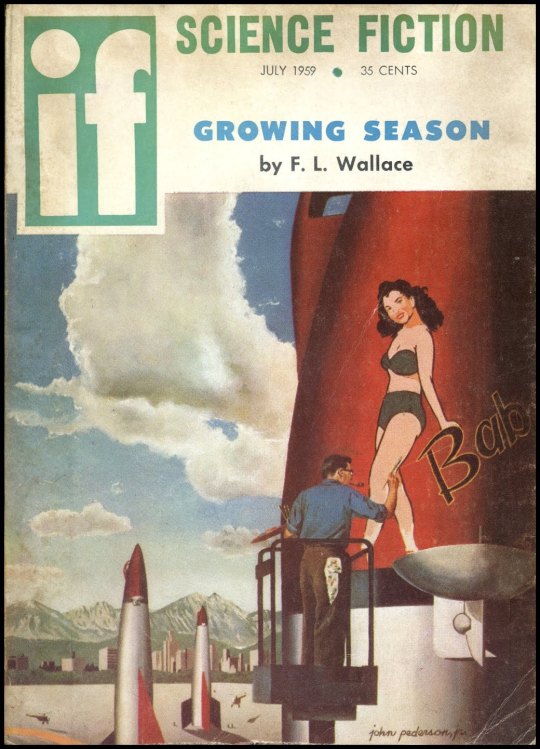
109 notes
·
View notes
Text
I am once again thinking about digging holes

It's so fucked up that digging a bunch of holes works so well at reversing desertification
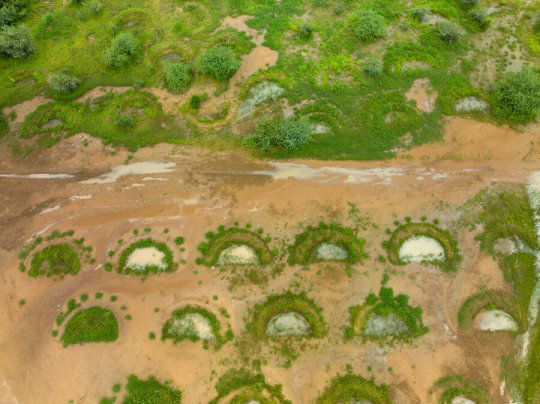
I hate that so much discourse into fighting climate change is talking about bioenginerring a special kind of seaweed that removes microplastics or whatever other venture-capital-viable startup idea when we have known for forever about shit like digging crescent shaped holes to catch rainwater and turning barren land hospitable
75K notes
·
View notes
Text
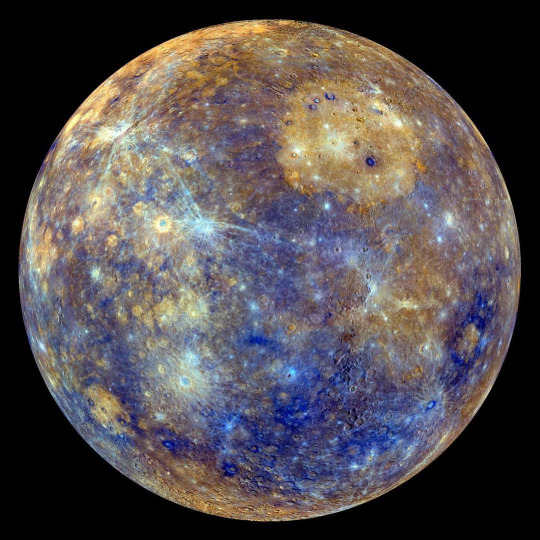


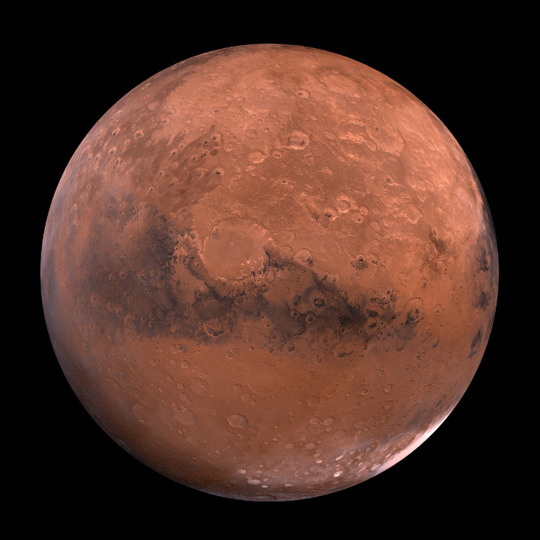



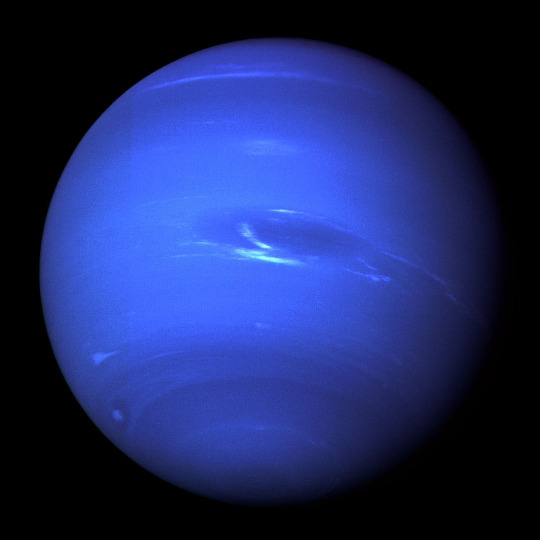

solar system by NASA
7K notes
·
View notes
Text
To the Stars Through Stories

Want to learn to write publishable fiction? We're currently taking applications for our summer 2024 Speculative Fiction Writing Workshop, which runs June 16-29.
Apply now to give your writing wings! Only a couple spots left.
Can't make it but know someone who might benefit? Please help spread the word! The Ad Astra Institute is a 501(c)3 nonprofit education and research organization dedicated to trying to make the future a better place for everyone. Scholarships still available.
9 notes
·
View notes
Text
““Art is to console those who are broken by life.””
— Vincent Van Gogh. (via trentaine)
197K notes
·
View notes
Photo
Astounding place - more on Wikipedia: X

Meenakshi Amman Temple. Madurai (April Full Moon 2009) by robotsergio
45 notes
·
View notes
Photo

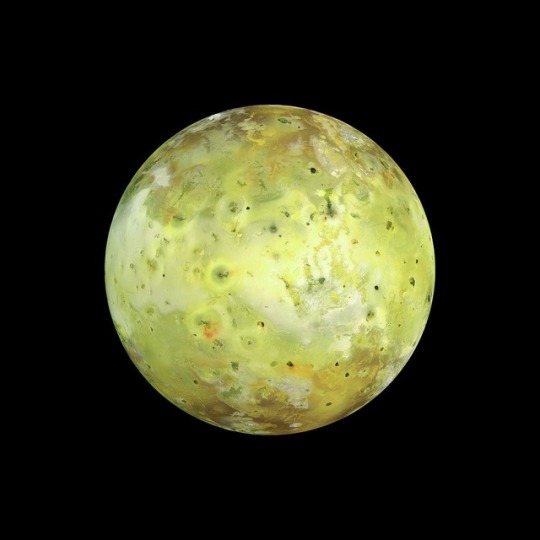

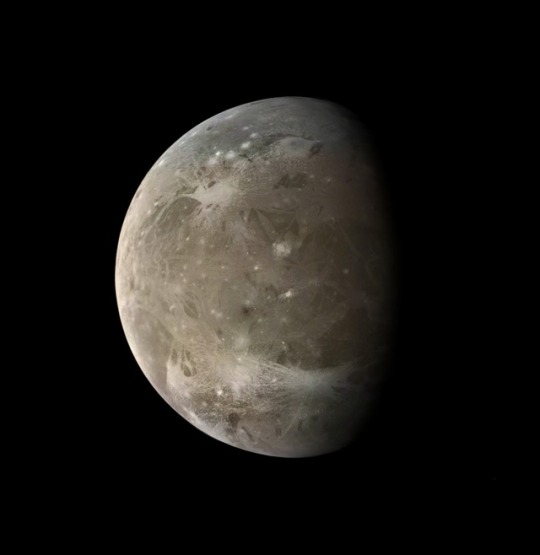

Galilean moons
The Galilean moons are the four largest moons of Jupiter — Io, Europa, Ganymede, and Callisto. They were first seen by Galileo Galilei in January 1610, and recognized by him as satellites of Jupiter in March 1610. They are the first objects found to orbit another planet. Their names derive from the lovers of Zeus. They are the first objects found to orbit another planet. Their names derive from the lovers of Zeus. They are among the largest objects in the Solar System with the exception of the Sun and the eight planets, with a radius larger than any of the dwarf planets.
Io is the fourth largest moon in the Solar System. With over 400 active volcanos, Io is the most geologically active object in the Solar System. Its surface is dotted with more than 100 mountains, some of which are taller than Earth’s Mount Everest. Unlike most satellites in the outer Solar System (which have a thick coating of ice), Io is primarily composed of silicate rock surrounding a molten iron or iron sulfide core. Although not proven, recent data from the Galileo orbiter indicate that Io might have its own magnetic field.
Europa the second of the four Galilean moons, is the second closest to Jupiter and the smallest at 3121.6 kilometers in diameter, which is slightly smaller than the Moon. The name comes from a mythical Phoenician noblewoman, Europa, who was courted by Zeus and became the queen of Crete, though the name did not become widely used until the mid-20th century. It has a smooth and bright surface, with a layer of water surrounding the mantle of the planet, thought to be 100 kilometers thick. The smooth surface includes a layer of ice, while the bottom of the ice is theorized to be liquid water. The apparent youth and smoothness of the surface have led to the hypothesis that a water ocean exists beneath it, which could conceivably serve as an abode for extraterrestrial life.
Ganymede is the largest moon in the Solar System, and is even bigger than the planet Mercury. It is the only satellite in the Solar System known to possess a magnetosphere, likely created through convection within the liquid iron core.
Callisto is the fourth and last Galilean moon, and is the second largest of the four, and at 4820.6 kilometers in diameter, it is the third largest moon in the Solar System, and barely smaller than Mercury, though only a third of the latter’s mass. It is named after the Greek mythological nymph Callisto, a lover of Zeus who was a daughter of the Arkadian King Lykaon and a hunting companion of the goddess Artemis. It is one of the most heavily cratered satellites in the Solar System, and one major feature is a basin around 3000 km wide called Valhalla.
source
image credit: NASA/JPL
5K notes
·
View notes
Photo
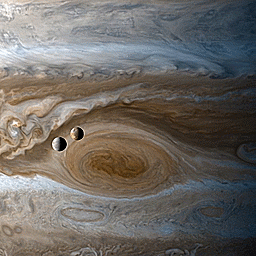
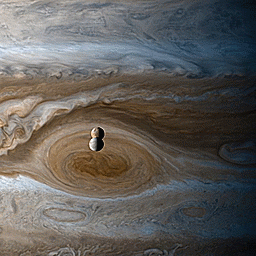
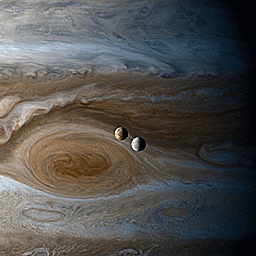
Created using still images taken by the Cassini spacecraft during it’s flyby of Jupiter and while at Saturn. Shown is Io and Europa over Jupiter’s Great Red Spot.
NASA/JPL-Caltech/SSI/CICLOPS/Kevin M. Gill
42K notes
·
View notes
Text
I haven't finished it yet but I love you cowboy bebop for actually committing to making the world so very visibly racially diverse. An episode of cowboy bebop has more black characters in it than entire arcs of some long running anime
#cowboy bebop#infinite diversity in infinite combinations#representation#diversity#such a great show
18K notes
·
View notes
Text

-Ancient worlds
2K notes
·
View notes
Text

-game over
3K notes
·
View notes
Photo


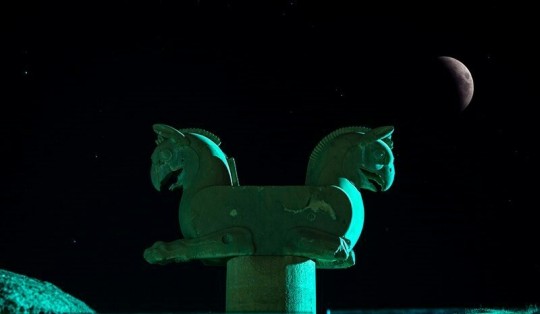


Lunar eclipse/ PERSPOLIS/ Fārs/ Iran
Photographer: amir sadeghian
46K notes
·
View notes
Text

Jupiter and its moon Io | NASA
31 notes
·
View notes
Text

The Moon from the International Space Station as it was orbiting 267 miles above the southern Indian Ocean. 📸 NASA
47 notes
·
View notes
Text
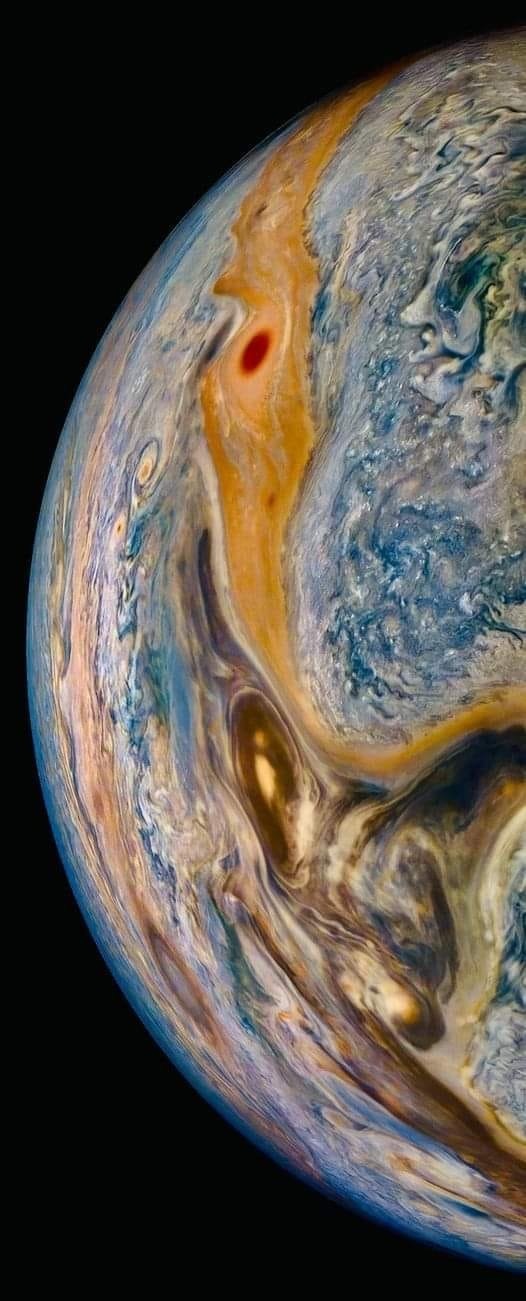
Jupiter photographed by NASA's Juno probe.
Credit: NASA
78 notes
·
View notes
Text

Earth as seen through Saturn's ring(Cassini)
266 notes
·
View notes